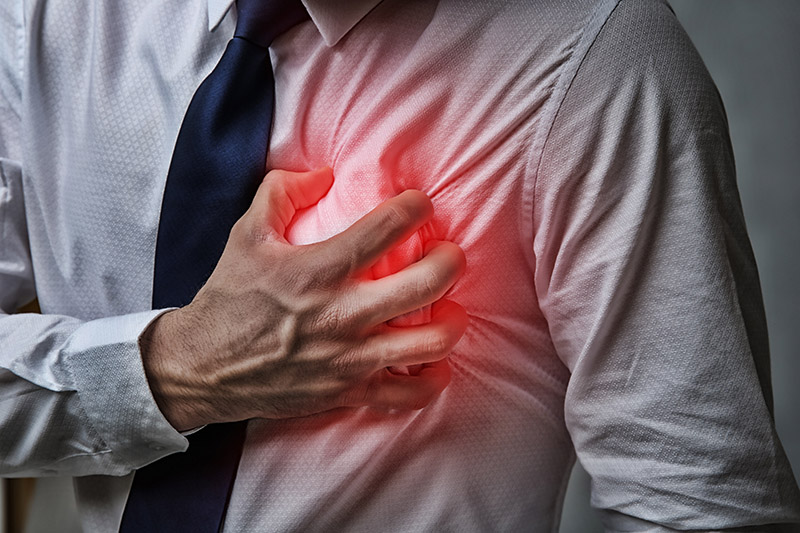Volume 33, Nº 1, January and february 2020
DOI: https://doi.org/10.36660/ijcs.20190188
EDITORIAL
Pain after Cardiac Surgery
Tirone E. David

Most cardiac operations are performed via median sternotomy and cardiopulmonary bypass. Both thoracic incision and cardiopulmonary bypass cause major disturbances in the homeostasis of the patient. Disruption of the tissues by the incision initiates an immediate neurological reaction perceived as pain and an intense biochemical and cellular response to repair the wound. Cardiopulmonary bypass causes far more serious systemic changes in homeostasis than pain, and that is probably the main reason why cardiac surgery is behind other surgical specialties in the development of minimally invasive procedures. Pain associated with surgical incision is largely self-limited and resolves with time and, luckily, so do the changes caused by cardiopulmonary bypass. Obviously, surgical incisions that cause less tissue damage are associated with lower degrees of pain and metabolic disturbance than larger and more traumatic incisions.
Keywords: Minimally Invasive Surgical Procedures; Cardiovascular Surgical Procedures; Sternotomy; Postoperative Care.











